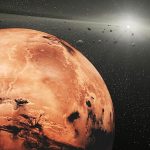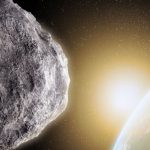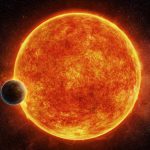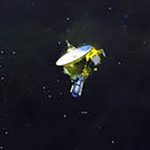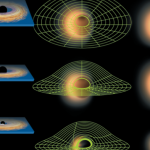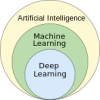Mars Trojans may be part of a planet that was destroyed long ago0
- From Around the Web, Space
- April 29, 2017
Mars has an asteroid entourage, with nine so-called Trojans trailing in its wake. Now it seems these travelling companions all had the same violent beginning: as the innards of a mini-planet, eviscerated in a violent collision. Some remnants may even have been incorporated into the material that became Mars.

